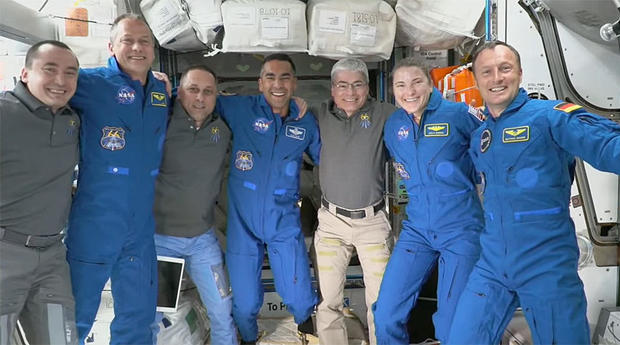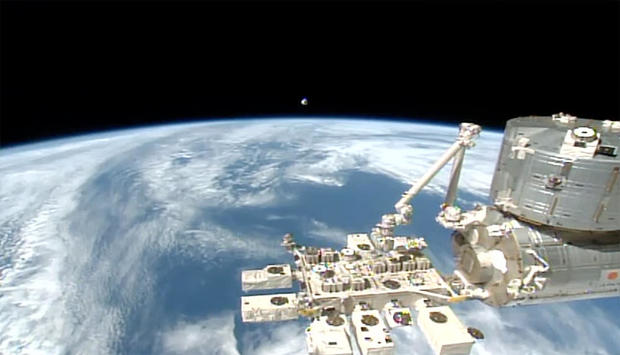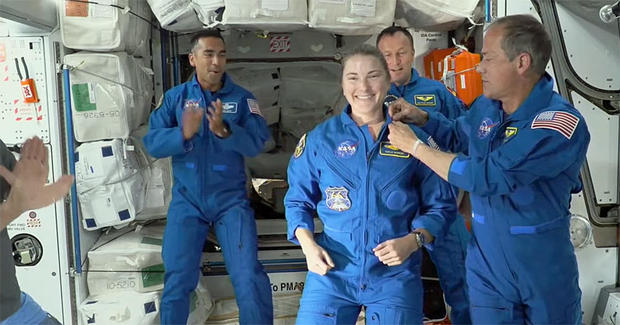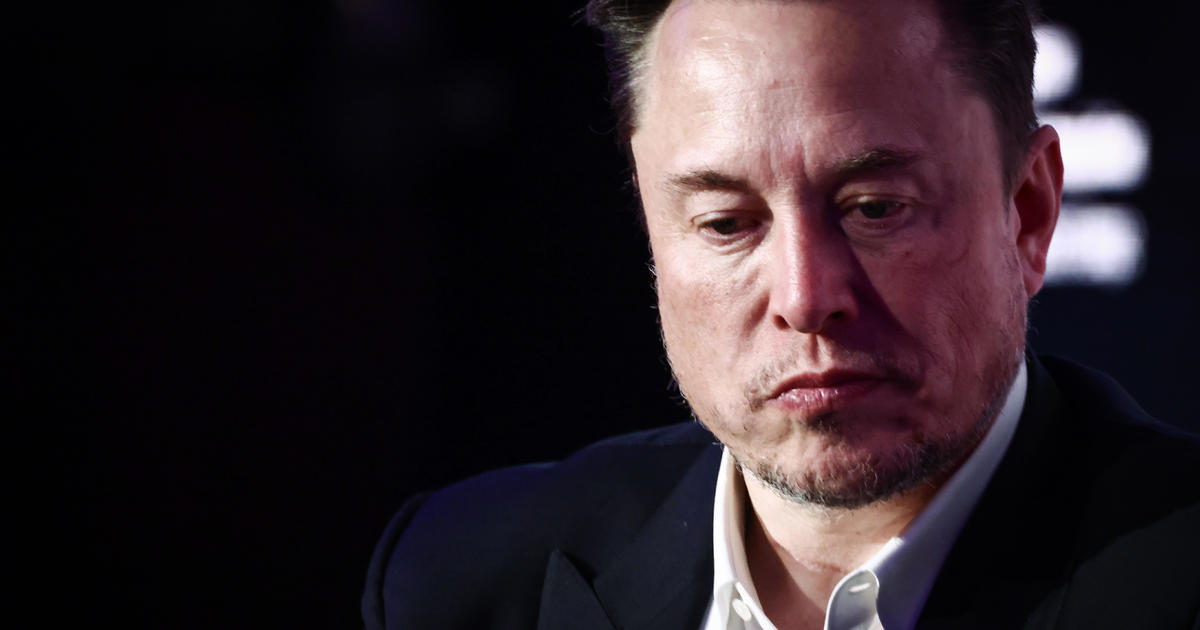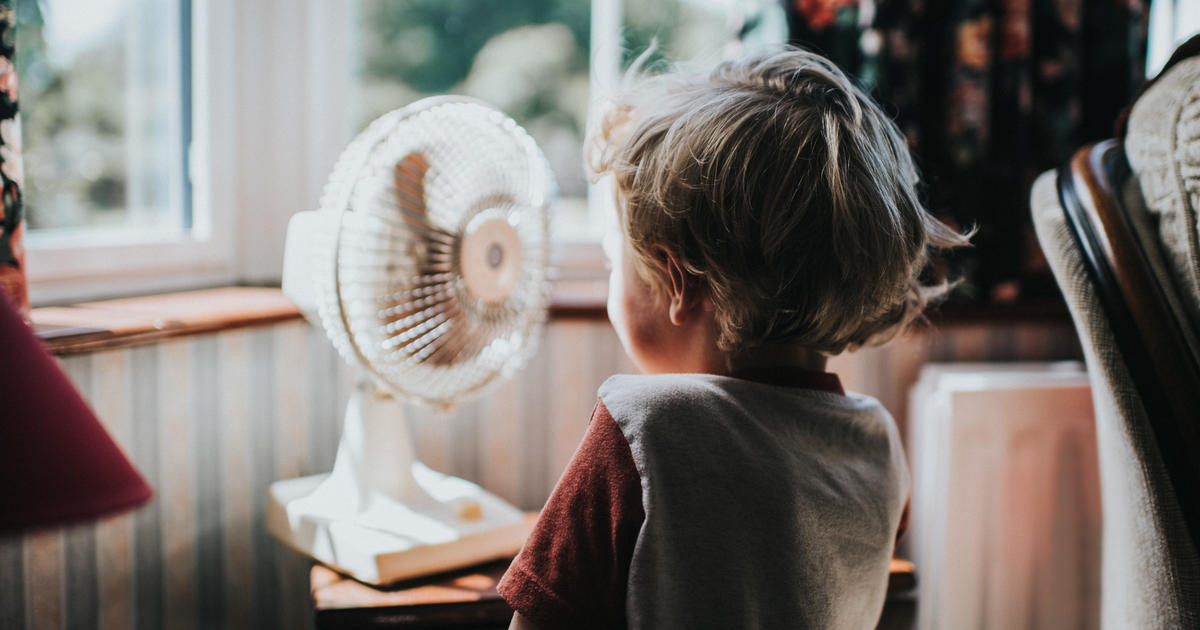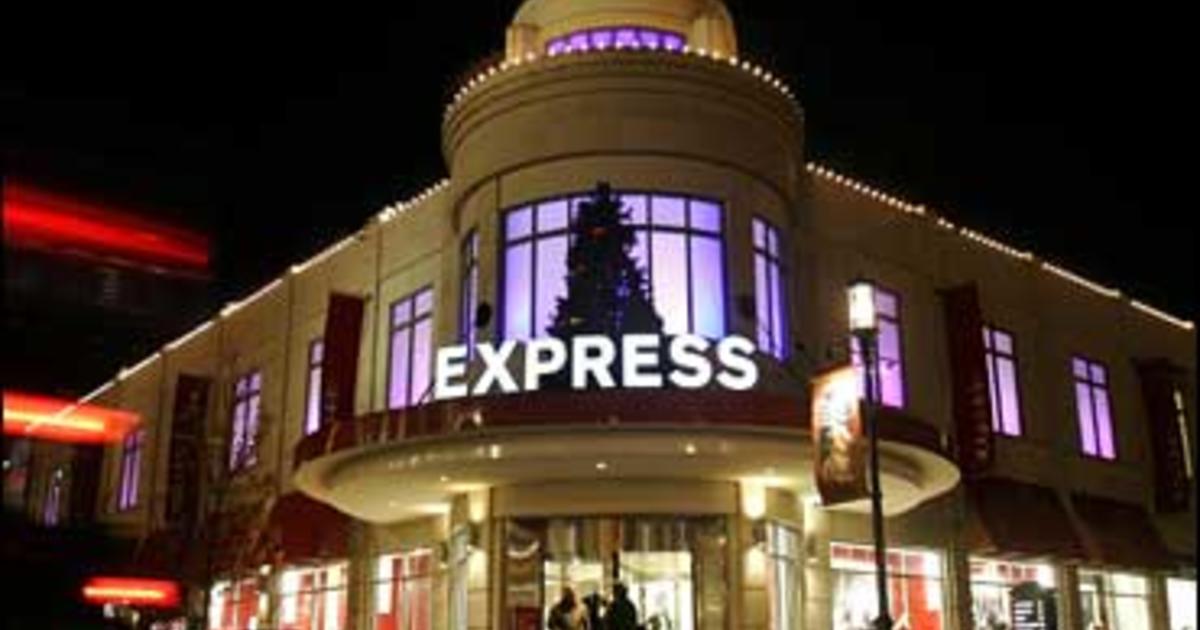SpaceX Crew Dragon arrives at International Space Station
The day after a sky-lighting Florida launch, four astronauts aboard a SpaceX Crew Dragon capsule chased down the International Space Station and glided in for a problem-free docking, kicking off a half-year stay aboard the orbital outpost.
Crew-3 commander Raja Chari, Thomas Marshburn, Kayla Barron and German astronaut Matthias Maurer began the close approach phase of a 22-hour rendezvous shortly after wakeup around 2 p.m. EST Thursday.
Making its first flight, the fully automated Crew Dragon "Endurance" approached the station from behind and below, looping up to a point directly in front of the lab before moving in for docking at the Harmony module's forward port at 6:32 p.m.
After leak checks, hatches were opened and Expedition 66 commander Anton Shkaplerov, cosmonaut Pyotr Dubrov and NASA astronaut Mark Vande Hei welcomed their new crewmates aboard with hugs and handshakes. A few minutes later, senior mangers passed along their congratulations.
"We can't wait to see all the work you all are going to accomplish," Kathy Lueders, NASA's chief of spaceflight operations, told the astronauts. "And I'm looking forward to many, many more amazing experiences to come over the next six months while you all are there. Thank you again for your service."
Vande Hei, who's midway through nearly a full year aboard the station, said he was thrilled with the Crew-3 astronauts' arrival.
"I can't tell you how happy I am to see these smiling faces," he said. "Every one of us, all seven of us are friends, and we're going to become even better friends as time goes on. And we've got a lot of work to do.
"At this moment, we've got 60 experiments in progress, and of course by the time we finish our time up here, we'll have participated in many more. We've got a lot of work to do, a lot of exciting times coming up."
Barron, Chari and Matthias are making their first space flight and moments after arriving at the space station, Marshburn, a veteran, presented astronaut pins to each, prompting more smiles and handshakes.
Chari and his crewmates blasted off from the Kennedy Space Center Wednesday night — 10 days late because of bad weather, a minor medical issue with one of the astronauts and a decision by NASA to bring four other astronauts home Monday before launching their replacements.
"Tonight's docking was a perfect way for us to finish up what has been our 10-year anniversary year for the Commercial Crew Program," Lueders said of NASA's post-shuttle reliance on commercially developed spacecraft. "And I don't know about you guys, but it feels like the last two weeks have been pretty crazy."
Before docking Thursday, Chari and his crewmates took time to downlink live television views of the Crew Dragon's interior, describing the climb to orbit atop a Falcon 9 rocket and life aboard Endurance.
"It's been a wonderful ride up here — incredible experience," Marshburn said. "Falcon gave us a very, very smooth ride. We were all surprised at how much we were able to feel the acceleration at first, which was very smooth, but then the throttle down and throttle back up again."
About half of the men and women who fly in space suffer from space adaptation syndrome, a temporary but uncomfortable malady caused by the body's response to the absence of gravity.
But not, apparently, the Crew-3 astronauts.
"One of the most delightful things about being in space is eating, and everybody's been feeling really good," Marshburn said. "We've enjoyed the food. We've already had two meals, which is kind of surprising. The new folks on the crew have been handling the food just fantastic. We've not had any disasters at all."
He said astronauts are "encouraged to play with our food" and that "we've already had some target practice with macadamia nuts."
"So far, I'd say we've been fairly successful. The life support system is still good," he joked, "and all the important parts have no food particles on them."
Barron showed off the crew's zero-gravity indicator: a small stuffed turtle named Pfau, the German word for peacock. Barron and Chari are members of an astronaut class nicknamed the "Turtles" while Marshburn was a "Peacock." The German nickname added Maurer to the mix.
As for the cuisine on board, "we spent a lot of our extra time in quarantine in the past week eating a lot," Barron said. "So we're well prepared to come up here and eat a little bit more."
While the astronauts were obviously feeling good in the early hours of their adaptation to weightlessness, Chari requested a private medical conference, or PMC, when offered the option. "We'll take the PMC," he radioed flight controllers. "We do have a few things to report."
NASA does not discuss astronaut medical issues and PMCs are just that, conducted in private.
